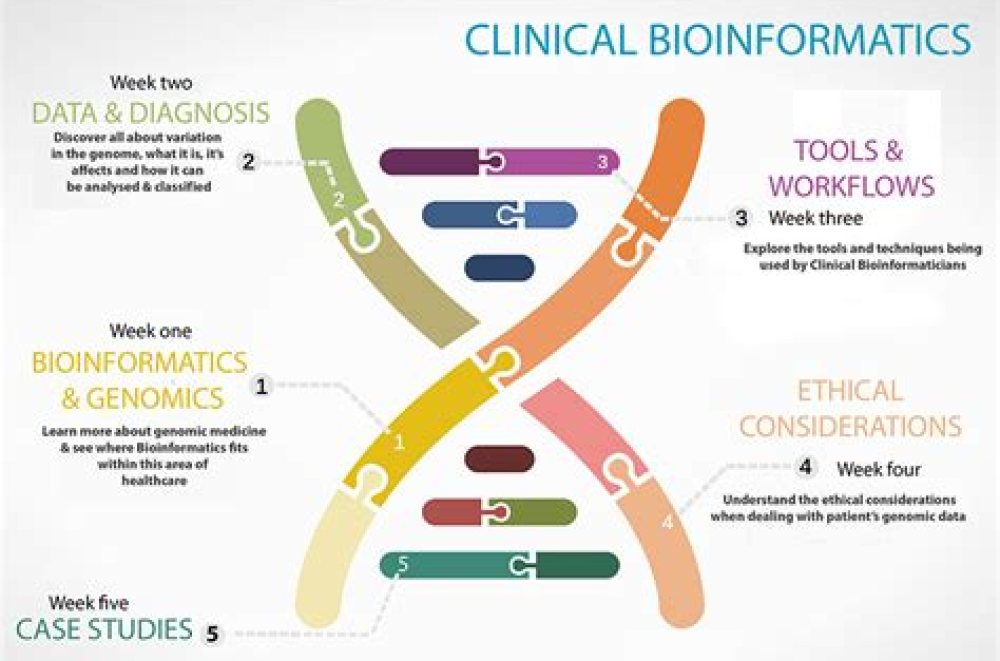Authors: Zeeshan Ahmed, Saman Zeeshan, David J Foran, Lawrence C Kleinman, Fredric E Wondisford, XinQi Dong Crrespondence to Dr Zeeshan Ahmed, Rutgers Institute for Health, Health Care Policy and Aging Research, Rutgers University, New Brunswick, New Jersey 08901, USA; zahmed@ifh.rutgers.edu
Despite significant scientific and medical discoveries, the genetics of novel infectious diseases like COVID-19 remains far from understanding. SARS-CoV-2 is a single-stranded RNA respiratory virus that causes COVID-19 by binding to the ACE2 receptor in the lung and other organs. Understanding its clinical presentation and metabolomic and genetic profile will lead to the discovery of diagnostic, prognostic and predictive biomarkers, which may lead to more effective medical therapy. It is important to investigate correlations and overlap between reported diagnoses of a patient with COVID-19 in clinical data with identified germline and somatic mutations, and highly expressed genes from genomics data analysis. Timely model clinical, genomics and metabolomics data to find statistical patterns across millions of features to identify underlying biological pathways, modifiable risk factors and actionable information that supports early detection and prevention of COVID-19, and development of new therapies for better patient care. Next, ensuring security reconcile noise, need to build and train machine learning prognostic models to find actionable information that supports early detection and prevention of COVID-19. Based on the myriad data, applying appropriate machine learning algorithms to stratify patients, understand scenarios, optimize decision-making, identify high-risk rare variants (including ACE2, TMPRSS2) and making medically relevant predictions. Innovative and intelligent solutions are required to improve the traditional symptom-driven practice, and allow earlier interventions using predictive diagnostics and tailor better personalized treatments, when confronted with the challenges of pandemic situations.
For More Information: https://innovations.bmj.com/content/7/1/6
